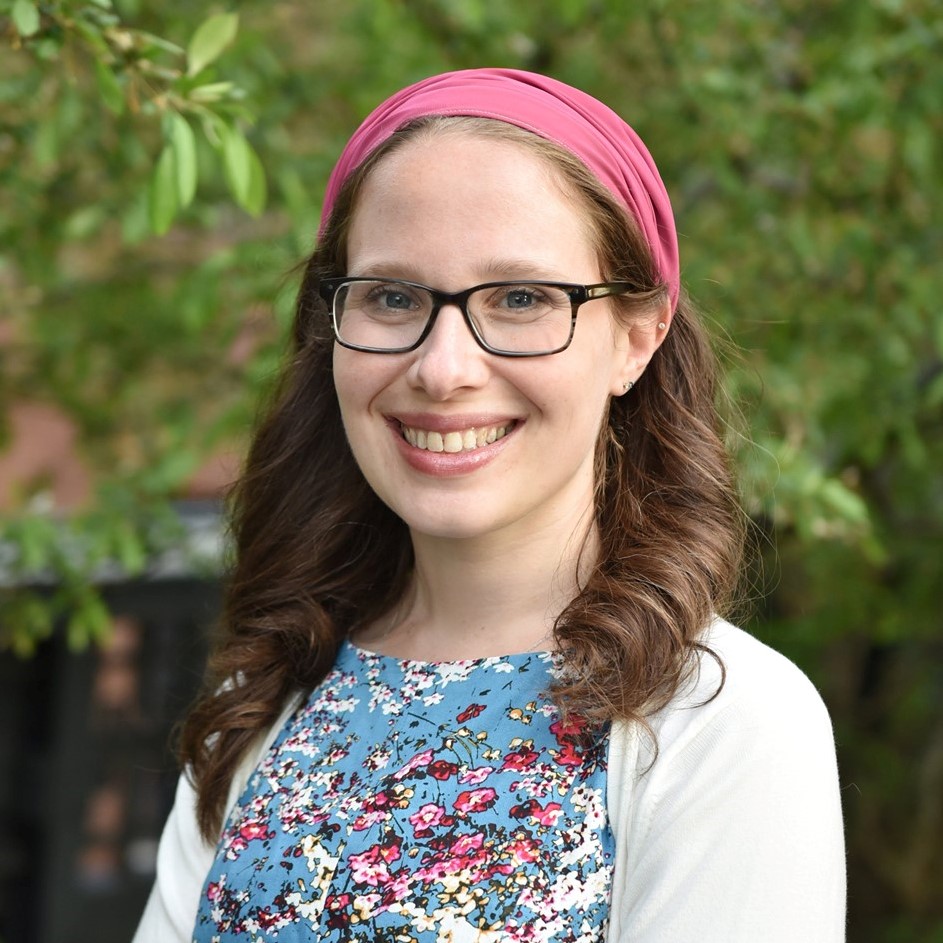Between This World and the Next: Rabbinic Visions of Purgatory

Part of the series “The Space In Between: Thresholds and Borders in Jewish Life and Thought”
With Dr. Rachel Rosenthal, Adjunct Assistant Professor of Talmud and Rabbinics, JTS
Gehenom is often thought of as the Jewish version of hell, but an examination of the places it appears in the Talmud presents something more nuanced. Part purgatory, part hell, part passageway, Gehenom becomes a place for punishment and redemption. Through a close reading of the texts concerning Gehonom, we will gain a clearer understanding of what, exactly, its purpose might be, and what it might tell us about rabbinic views of what happens after we die.
Lecture Notes
- While there are very negative associations with the particular location of Gei-ben-hinom (Baal worship, child sacrifice), it’s still not clear why the rabbis chose this location as purgatory/hell—especially given its proximity to the Temple. Also interesting that they link it to an actual place in the world. They seem to like it being tangible. Good and bad choices are both in front of us all the time. They are up and down, but also close to either. But get further apart as you make your choices.
- Reward and punishment theology: do good, go to Eden, do bad, go to Gehinnom. But not a permanent place. Deeds, or deeds done by living relatives, can get you out. But otherwise you could stay there forever. Basically, hell and purgatory are collapsed into one place, unlike two different options (along with heaven) in Christianity. Note that they are not responding to Christian theology; this is just compare/contrast.
- To the rabbis, the worst thing is ceasing to exist – not going to Gehinnom
- Beit Hillel v Beit Shammai – is it a weigh station (Shammai) or a permanent destination (Hillel)? Does everyone “average” go there before they meet their fate, or only some?
- Gehinnom becomes a way of understanding what the rabbis find most threatening to societal/communal cohesion.
About the Series
We are living in an undefined time: our daily existence is no longer dominated by the pandemic, yet neither have we settled into a new normal. This sense of being in transition—neither here nor there— can feel destabilizing; but is the time in between really temporary, or are we always living in between moments, identities, and phases of life?
In this series, JTS scholars will delve into the idea of liminality—the time or space in between—which we encounter often in Jewish ritual, identity, law, and life. Join us to consider what these many manifestations of “in-between-ness” can teach us about ourselves and about Judaism, and to explore how we might find strength and meaning in an orientation not of “either/or” but of “both/and.”
We will explore themes of borders, thresholds and transitions as they pertain to the story of Creation, gender, conversion, birth and death, the duality of living as a Jew in America, and more.
SPONSOR A SESSION
At JTS, we are committed to providing the Jewish community with outstanding classes in Judaic studies. We hope you will partner with us so that we can continue to do so. Did you know that you can sponsor a learning session to honor a loved one, celebrate an occasion, or commemorate a yahrzeit? You can find sponsorship information here.



